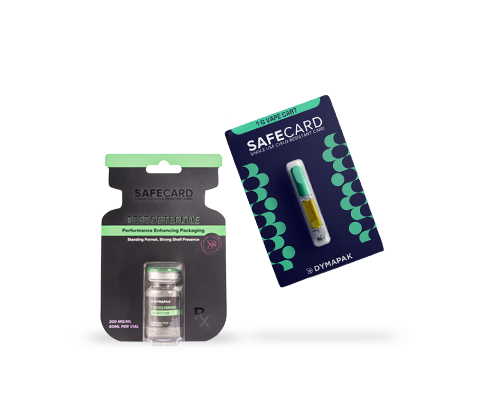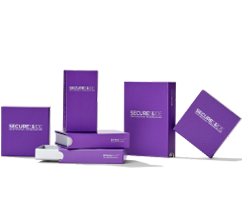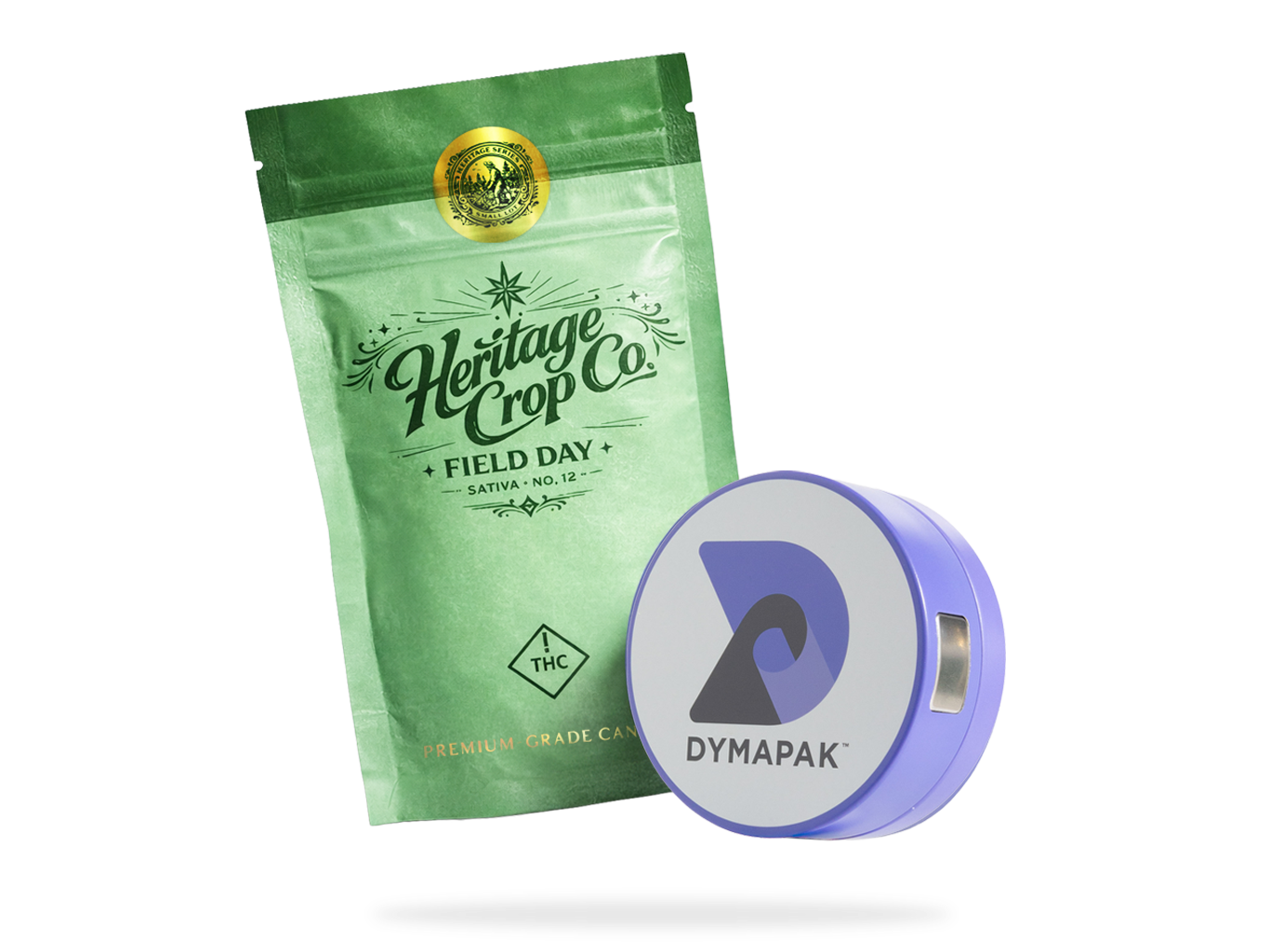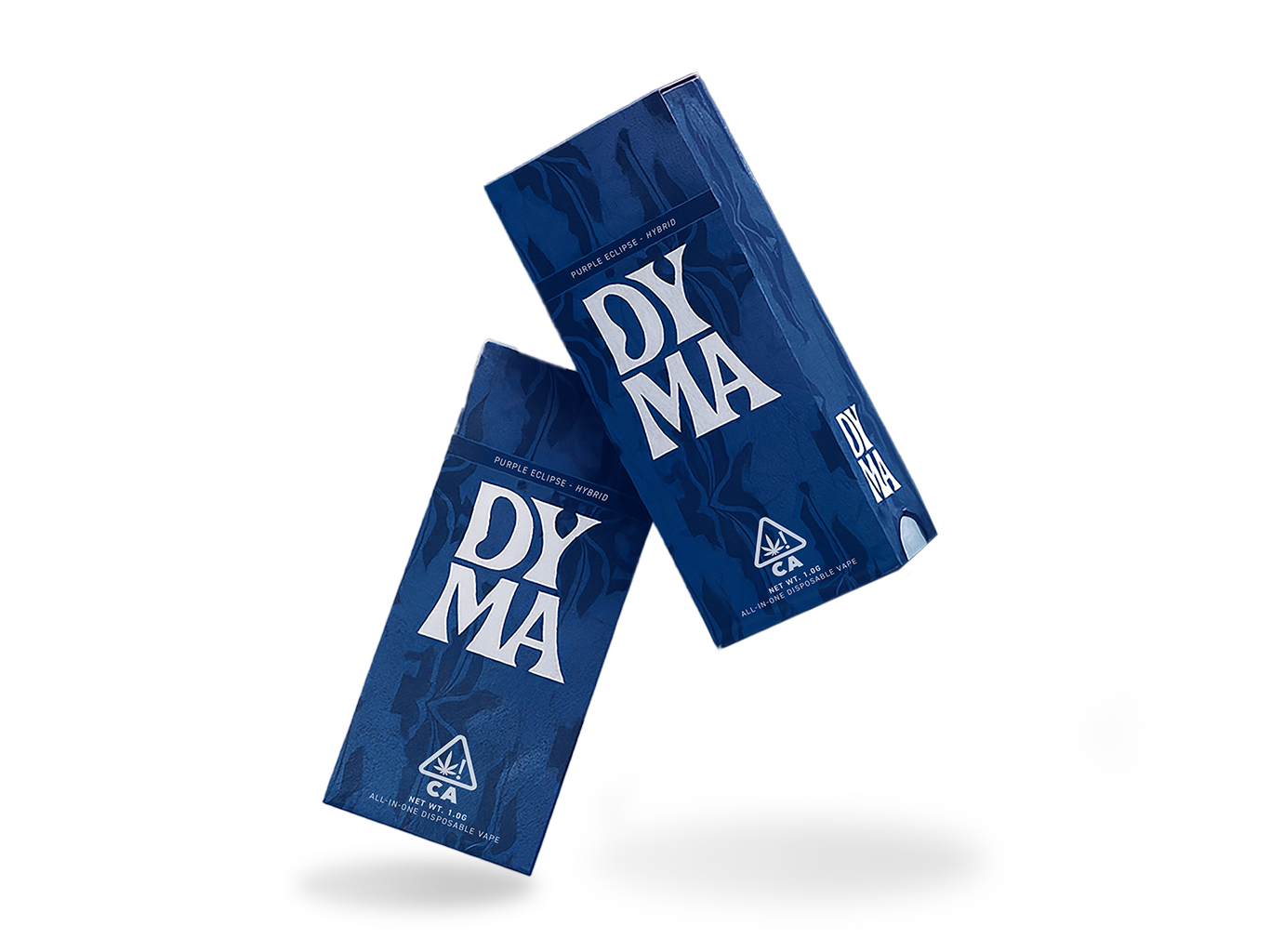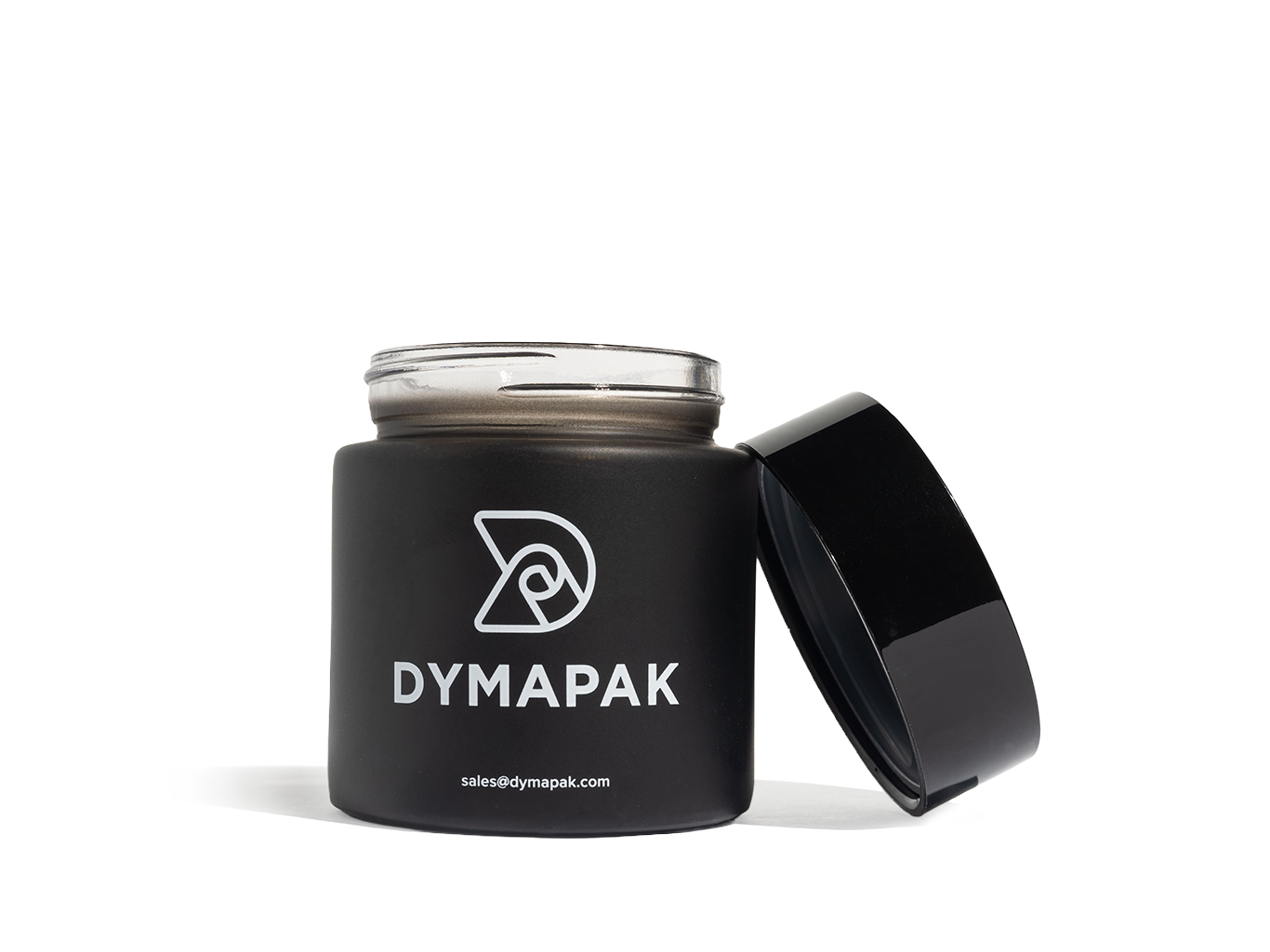ePac Flexibles vs. DymaPak: What Are the Key Differences?
The world of flexible packaging materials can be confusing, especially for the small business owner looking to set up shop. From a pool of many options, ePac flexibles and DymaPak are two popular choices for packaging products. They both offer similar features but differ in certain aspects.
Let’s discuss the key differences between the two packaging material brands to help you decide which one can work best for your business.
Why Dymapak Supplies the Most Coveted Brands
DymaPak supplies a slew of highly regarded brands because:
- DymaPak’s products are manufactured with the highest quality materials and processes available in the industry today.
- DymaPak uses recycled materials whenever possible and offers customizable designs that help its customers meet their sustainability goals.
- DymaPak offers custom digital printing services and contract manufacturing services for private label brands.
Key Differences Between ePac Flexibles and Dymapak
ePac Flexibles and DymaPak are the leading brands in the flexible packaging industry. They offer high-quality products and customer service. However, there are some key differences between ePac Flexibles and Dymapak that can help you decide which one to choose.
Quality of Materials Used
ePac Flexibles uses virgin resins, while Dymapak uses recycled resins. Virgin resins are relatively considered the same quality because they both don’t contain any contaminants from previous uses that could negatively impact the performance of your product.
Difference in Material
Both ePac Flexibles and Dymapak are polyethylene plastic films with low-density polyethylene (LDPE) or linear low-density polyethylene (LLDPE). The thickness of these films impacts their durability and strength.
Understanding ePac Flexibles
Pac Flexible Packaging is a full digital printing company founded in 2016 that serves brands of all sizes to help them launch products with professional packaging. Epac flexible packaging majors in full film custom stand-up lay flat pouches and roll stock using eco-friendly digital print technology.
Understanding the need for a comprehensive packaging solution, Epac flexible packaging is found in the United States, Canada, the United Kingdom, Africa, and the Asia Pacific. The first ePac plant to receive Safe Quality Food Certification was the ePac Boston in January 2021.
ePac’s flexible packaging press release on March 16, 2022, focuses on the company’s earnings per share (Eps) and the opening of new plants to increase its production.
Understanding Dymapak
DymaPak is a unique packaging solution for a variety of applications. It is lightweight and flexible, making it ideal for shipping, storing, and transporting fragile items. The DymaPak’s design also makes it suitable for protecting products from water damage and other types of contamination.
DymaPaks are available in various sizes and colors, depending on your needs, and can be used to package everything from small electronics to large industrial equipment.
Strength and Durability
One of the most critical aspects of packaging is its ability to protect the product it holds. Strength refers to how much weight a material can hold before it breaks or tears. Durability refers to how long a material will last under stress before it begins to tear or break down.
DymaPak provides up to five pounds of strength with durability ranging from zero to five years. ePac Flexibles provides up to eight pounds of strength with durability ranging from zero to ten years, depending on the environment.
Consumer Preference
Both DymaPak and ePac Flexibles have their benefits and challenges regarding consumer preference. For example, consumers prefer DymaPak because they are durable and more cost-effective.
What About the Environment?
There is no doubt that the environment is more important to us all. Both companies are working hard to ensure that their packaging and processes are eco-friendly through the following sustainable measures:
- Using recyclable polyethylene films can be customizable to feature high-barrier structures to protect the product.
- Using Post Consumer Recycled (PCR) films to reduce greenhouse gas emissions.
- Using digital printing technologies instead of analog printers to reduce greenhouse emissions. The polymer inks used do not release hazardous air pollutants.
- Using solventless lamination to keep volatile organic compounds out of the consumer packaged goods (CPG).
Takeaway
Despite being large, established competitors in the packaging industry, ePac Flexibles and DymaPak offer different solutions for businesses with different needs.
From custom packaging to analog retail packaging and single units to bulk orders, DymaPak have you covered. All that’s left for your business is a clear picture of your needs and preferences to choose the best option for its packaging needs.
Check out our child-resistant bags that keep products safe and consumers safer, and get a custom quote today!
Sources:
Sustainable packaging as a tool for global sustainable development | SHS Conferences
Does Packaging Affect Consumer Preference During the Purchase of Chocolate | IOP Science

